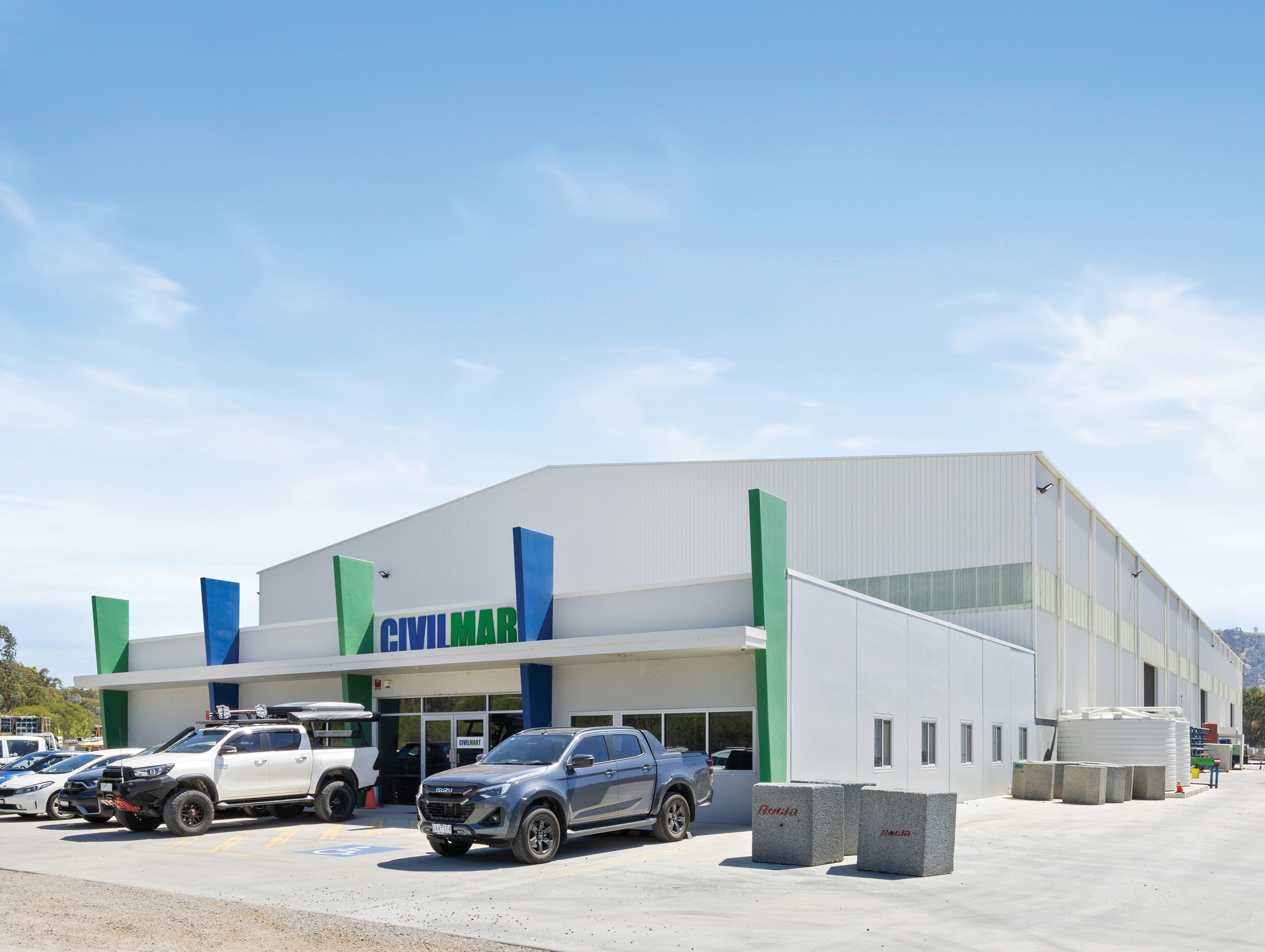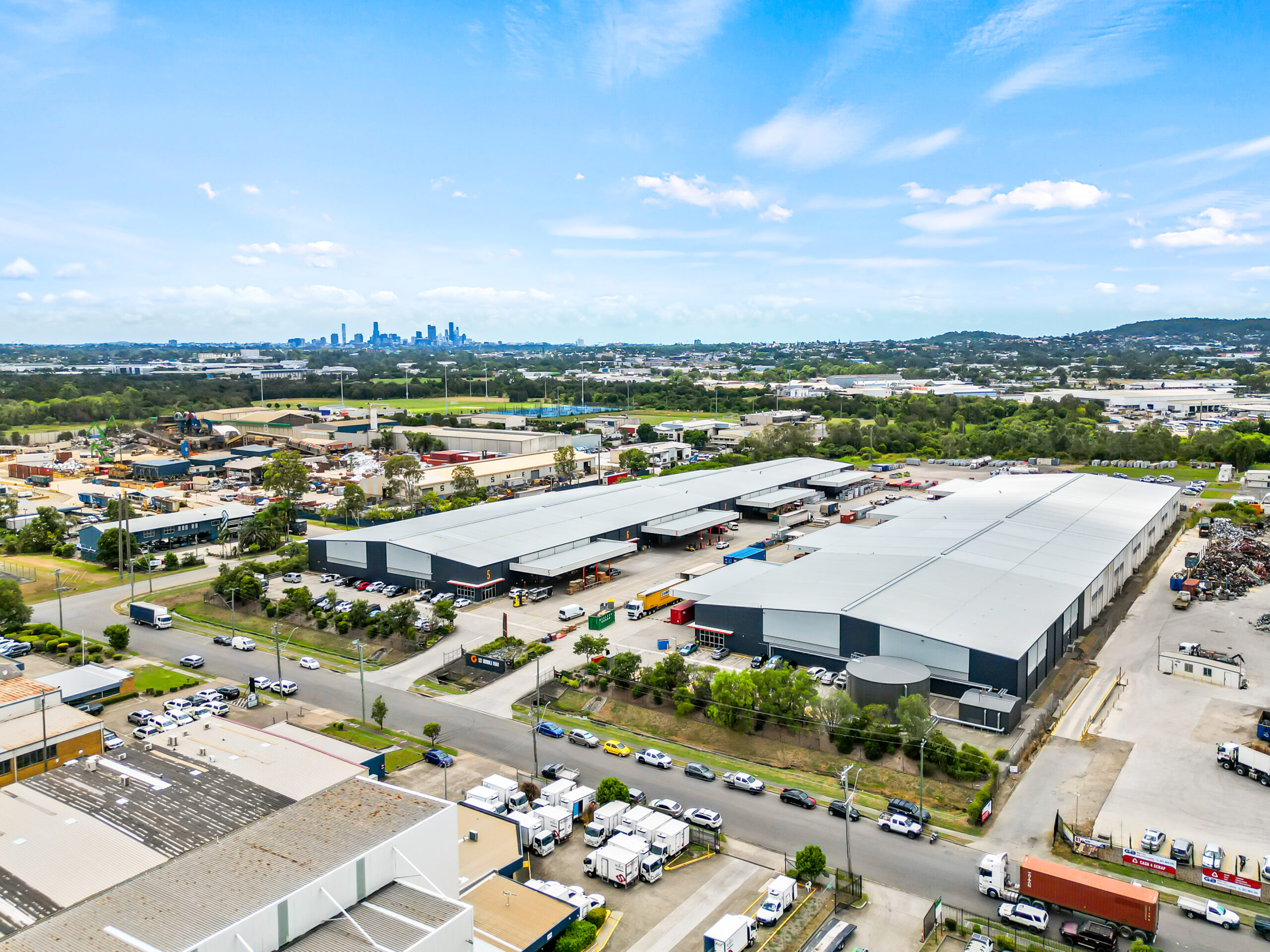
Higher for longer (still) interest rates, more people returning to their offices, coupled with uncertain US and global geo-political environments provides for another mixed outlook for Australian property markets and investors next year.
That said, several segments of the Australian property market now represent good value for investors, with strong prospects for cyclical recovery starting in 2025 and long-term growth, there are some bright spots, suggests James Alexander-Hatziplis, co-founder and CEO of award-winning architects PLACE Studio. (As architects, they see movement happening before it translates into developments.)
Office property
“We see that the increased return of workers to their offices is reducing the softness in the office property market. There is also much less interest in office to residential conversions than there was just a year ago. And while vacancy rates remain elevated, new office developments are slowing. This should help prices firm,” forecasts Mr Alexander-Hatziplis.
Mr Alexander-Hatziplis, notes, “Interestingly we are seeing increased demand for the development of childcare facilities next year in both CBDs and suburbs. This is a very noticeable rise.”
Industrial property
“In terms of industrial property, we are seeing a continued increase in demand for locations in suburbs closer to major cities – such as Mascot just south of Sydney and near the airport.” Mr Alexander-Hatziplis says, “Rather than sprawling industrial warehouses, we are being asked to design facilities that are taller – with the floorspace going vertical rather than horizontal.”
“This trend is seeing some inner-city councils raising industrial and commercial height limits to enable these developments to progress and bring more people and businesses to these locations as well as provide increased rate revenue that was being lost to locations further afield.”
Retail
Despite cost-of-living pressures on consumers, the retail sector is experiencing some of its strongest investor demand since 2015. PLACE Studio is seeing increased demand for design and development, says Mr Alexander-Hatziplis.
Residential
Next year, every Baby Boomer will have access to their superannuation, prompting many to make new property choices, notes Mr Alexander-Hatziplis. “How many will sell their homes and move into something smaller and easier to manage remains to be seen. But we have already seen an increase in apartment prices compared to houses.”
He notes, according to forecasts from ANZ and KPMG, there is potential for a 5+% increase in Sydney house prices by the end of 2025.
Foreign investors returning
Not that long ago, overseas investors were very active and obvious in Australian property, spurred on by favourable market conditions. Now, with the high-profile collapse of several residential developers and builders they are much more cautious.
However, “we noticed that several are starting to reappear and re-evaluate real estate opportunities. Offshore investors are now much more selective about where they allocate their capital, as not all property projects guarantee a decent return. Costs have risen, margins are often slim, and there are many parties involved, each seeking their share.
A key for 2025 – design for yield
One way for investors to maximise their chances for a strong return in 2025 is through focusing on design for yield, suggests Mr Alexander-Hatziplis. “Yield for the developer and yield for investors who rent parts of the property and capital gain appreciation for those who purchase.
“To obtain this, developers and their investors need to start with a project architect who understands this; who can design for yield, who can design smartly to ensure the cost of the development is affordable and that the result is appealing.
“Smart, effective, efficient and repeatable design starts with the better use of spaces and can help lower costs for new buildings as well as enabling builders to lower construction times.”
He suggests, “If the construction sector can save money on the building costs, without compromising on the quality of the build, they will be able to afford more property developments.
“We are also seeing investors trying to minimise costs to make potential projects more viable and robust. The challenge then becomes that cutting costs can also cut essential aspects of developments. For instance, the residential developments that best succeed are those that also provide common areas and services, such as coffee shops, gyms, pools, and. Cutting these elements cuts what is most attractive to local purchasers.”


